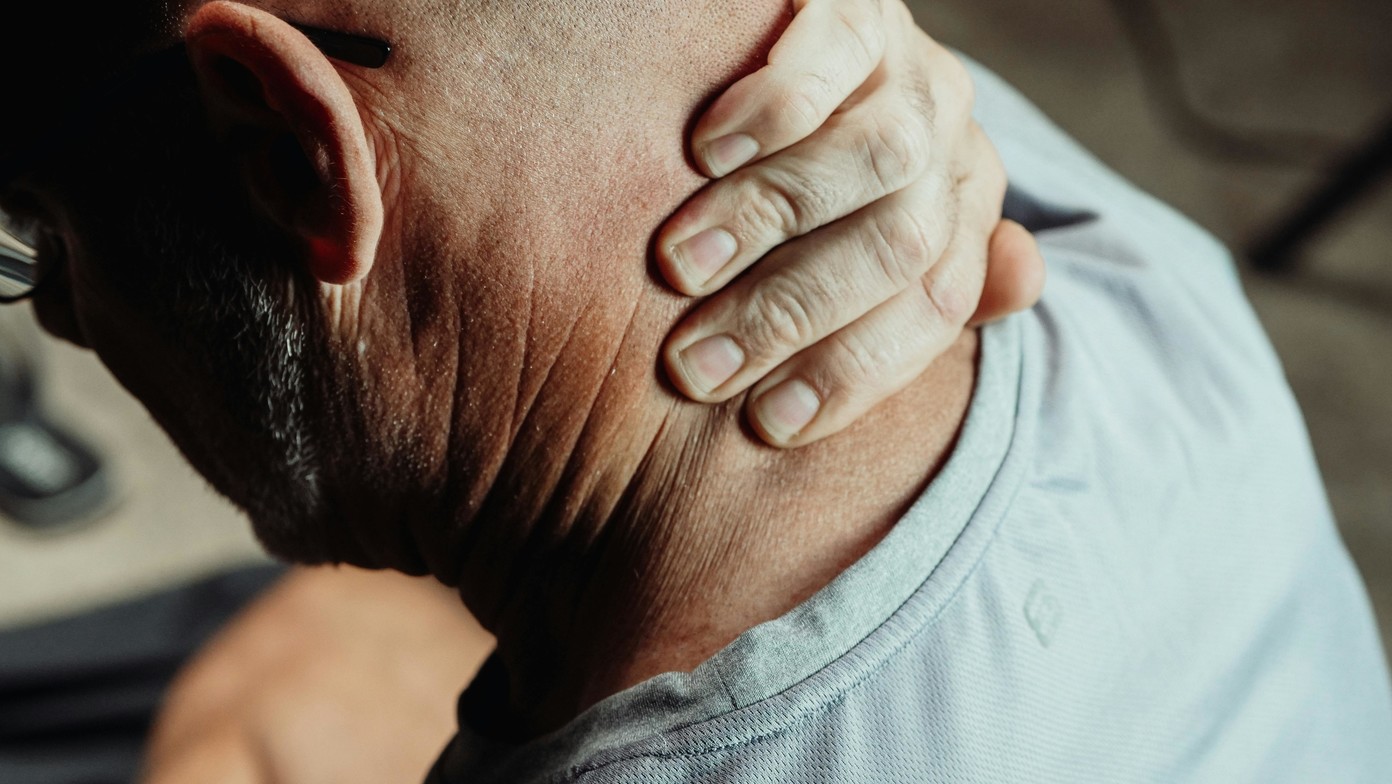
When it comes to non-invasive treatments for pain and discomfort, shockwave therapy is becoming an increasingly popular option. Whether you’re dealing with stiffness, soreness, or long-term discomfort, shockwave therapy can offer a way to support your body’s natural healing processes. But what exactly is shockwave therapy, and how does it work?
Understanding the Basics of Shockwave Therapy
Shockwave therapy is a treatment that uses acoustic waves to stimulate the body’s healing process. These waves are delivered to the affected area, which can help increase blood flow and promote tissue repair. The treatment is often used for areas like the shoulders, knees, and feet, but it can be applied to various parts of the body depending on the needs of the individual.
The beauty of shockwave therapy lies in its simplicity. There’s no need for surgery or medication—just a few sessions of targeted therapy can help alleviate discomfort and promote overall well-being. It’s a quick, effective solution that requires little downtime.
Benefits of Shockwave Therapy
Shockwave therapy offers several wellness benefits, particularly for those dealing with muscle or joint soreness. Here are a few ways it can support your health:
- Non-invasive, with no need for surgery or medication.
- Stimulates the body’s natural healing processes.
- Can help reduce discomfort in a range of areas, including shoulders, knees, and feet.
- Supports recovery and enhances mobility over time.
By incorporating shockwave therapy into your wellness routine, you can help maintain an active, healthy lifestyle with less discomfort holding you back.
Staying Healthy and Pain-Free
In addition to regular treatments like shockwave therapy, it’s important to maintain healthy habits to support long-term wellness. Stretching, staying active, and being mindful of your body’s needs can all play a role in staying healthy and reducing the risk of future injury. Shockwave therapy can act as a complementary treatment to these practices, helping you feel your best.
The content in this blog is for informational purposes only and is not a substitute for professional medical advice, diagnosis, or treatment. Always consult your doctor or a qualified healthcare provider before trying new healthcare protocols.



